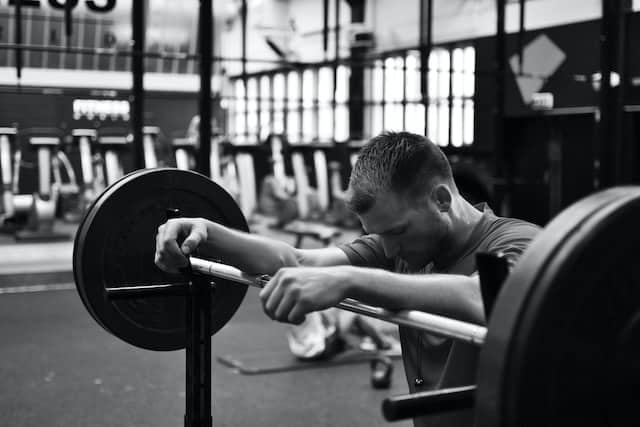Muscle building, also known as hypertrophy, is a complex process that requires a combination of proper nutrition, adequate rest, and an effective workout routine. In this blog, we will explore the science of muscle building and provide tips on how to optimize your workouts for maximum gains.
Muscle hypertrophy is the process of increasing the size and strength of skeletal muscle fibers. This occurs when the muscle is exposed to tension and damage, which stimulates the production of new muscle proteins. The process of muscle building can be broken down into three main phases: mechanical tension, metabolic stress, and muscle damage.
Mechanical tension refers to the force generated by the muscle fibers during exercise. This tension creates microscopic tears in the muscle fibers, which triggers the muscle-building process. To maximize mechanical tension, it’s important to focus on compound exercises that work multiple muscle groups simultaneously, such as squats, deadlifts, and bench presses.
Metabolic stress occurs when the muscles are exposed to high levels of lactate and other metabolites during exercise. This leads to a buildup of metabolic waste products, which can cause the muscle fibers to swell and stimulate muscle growth. To increase metabolic stress, it’s important to perform exercises with a high volume, such as high-rep sets, drop sets, or supersets.
Muscle damage occurs when the muscle fibers are subjected to mechanical stress and microtears occur. The body responds by repairing and rebuilding the damaged muscle fibers, resulting in increased muscle size and strength. To maximize muscle damage, it’s important to focus on eccentric contractions, which occur when the muscle lengthens under tension. Examples of exercises that focus on eccentric contractions include the negative phase of a bicep curl or a slow, controlled descent during a squat.
In addition to these three phases of muscle building, proper nutrition and rest are essential for muscle growth. Adequate protein intake is crucial, as protein provides the building blocks for new muscle tissue. Aim for 1-1.5 grams of protein per pound of body weight per day. It’s also important to consume carbohydrates, which provide energy for workouts, and healthy fats, which are important for overall health and hormone regulation.
Rest and recovery are just as important as exercise and nutrition when it comes to muscle building. The body needs time to repair and rebuild the damaged muscle fibers, so make sure to allow for rest days between workouts. Aim for 7-9 hours of sleep per night, as this is when the body produces growth hormone, which is essential for muscle growth.
To optimize your workouts for muscle building, focus on exercises that create mechanical tension, metabolic stress, and muscle damage. Incorporate compound exercises, high-volume sets, and eccentric contractions into your workout routine. Make sure to consume adequate protein and other nutrients, and allow for rest and recovery between workouts. By following these tips, you can maximize your muscle-building potential and achieve your fitness goals.






